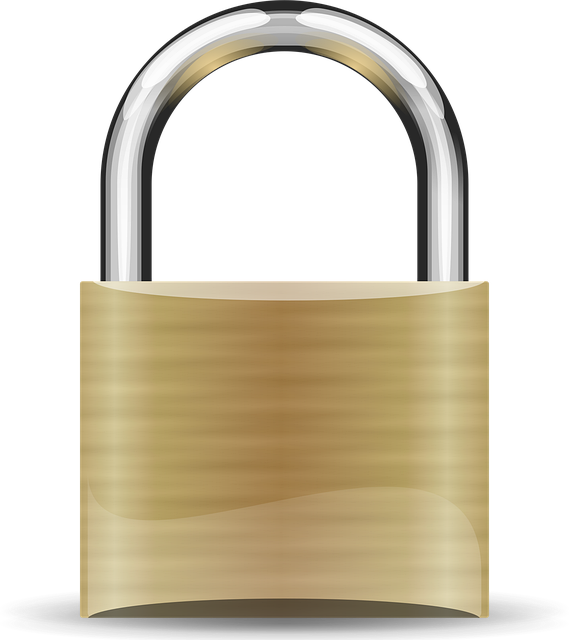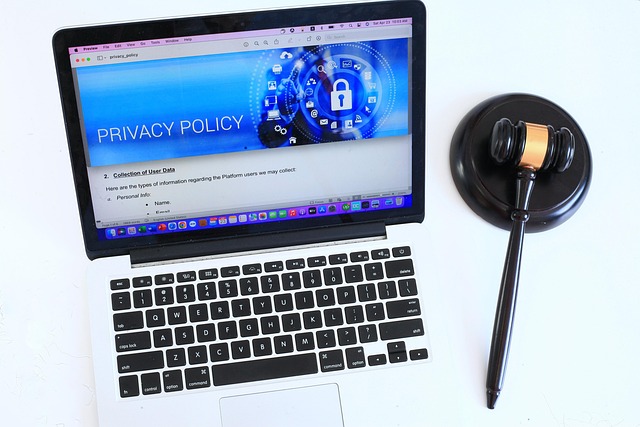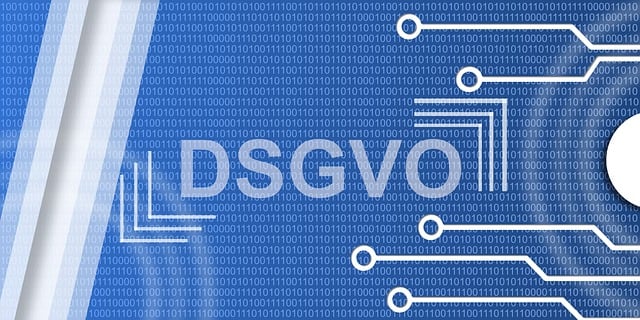Students can balance a vibrant social life and online privacy by setting personal boundaries for digital interactions. Limiting personal info sharing, managing content, and controlling friend requests from strangers protect data. Open conversations about safety enhance privacy respect among friends. Scheduling dedicated screen time and offline activities through extracurriculars reduces negative impacts of excessive digital use, fostering well-being and academic focus.
As students, navigating a vibrant social life while prioritizing privacy and academic success can feel like a delicate balancing act. This article provides essential tips for students to master this equilibrium. From setting personal boundaries for online safety to understanding your social media use patterns, we explore strategies to protect your privacy. Learn how building offline connections fosters mental well-being and discover techniques to prioritize study time even in social environments. Embrace a balanced approach to enhance both your academic achievements and social life.
- Setting Personal Boundaries for Online Safety
- Understanding Social Media Use Patterns
- Building Offline Connections for Mental Health
- Prioritizing Study Time in Social Environments
- Balancing Digital Presence with Real-Life Interactions
Setting Personal Boundaries for Online Safety

Maintaining a healthy balance between socializing and preserving privacy is an essential aspect of the student social life. One effective strategy to protect your personal space online is by setting clear personal boundaries. These boundaries should include limiting the amount of personal information shared on social media platforms, being mindful of what photos or videos are posted, and regularly reviewing and adjusting privacy settings.
Students should also be cautious about accepting friend requests from strangers or individuals they don’t know well, as this could potentially expose their personal information to unknown individuals. Encouraging open conversations with friends about online safety practices can foster a supportive environment where everyone understands the importance of respecting each other’s privacy.
Understanding Social Media Use Patterns

Many students struggle with balancing their social lives and maintaining privacy in today’s digital age, where social media plays a significant role. Understanding one’s social media use patterns is the first step towards achieving this balance. Students should assess how much time they spend on different platforms and for what purposes—whether it’s connecting with friends, following influencers, or engaging in online communities.
By recognizing these patterns, students can set realistic goals to limit excessive screen time. This might involve scheduling specific times for social media engagement and adhering to them. Additionally, being mindful of the content consumed can help; students should question whether the information they’re absorbing is beneficial to their personal growth and academic pursuits, ensuring that their online interactions contribute positively to their student social life without compromising privacy.
Building Offline Connections for Mental Health

Maintaining a healthy balance between socializing and preserving privacy is vital for students’ overall well-being, especially in today’s digitally connected world. Offline connections play a crucial role in fostering mental health and can offer much-needed respite from the constant online interactions. For students, building meaningful relationships through face-to-face interactions can significantly enhance their social life while also protecting their personal space and privacy.
Engaging in extracurricular activities, joining clubs, or participating in community events are excellent ways to connect with peers who share similar interests. These offline environments encourage open communication, empathy, and a sense of belonging, which are essential for mental health. By prioritizing these types of interactions, students can reduce the potential negative impacts of excessive screen time and social media use, allowing them to socialize while maintaining their privacy boundaries.
Prioritizing Study Time in Social Environments

In today’s digital age, balancing privacy and socializing as a student can be challenging, especially with a bustling social life. However, prioritizing study time doesn’t have to mean completely isolating yourself. Instead, consider setting specific times for both academic focus and social engagement. During designated study periods, minimize distractions by turning off notifications on your devices and communicating your availability to friends. This way, you respect your need for focused time while still allowing for meaningful connections when you’re available.
Remember that managing your schedule effectively is key. Many students find success through a structured routine that includes dedicated blocks for studying, socializing, and self-care. By prioritizing study time in social environments, you can make the most of both aspects of your student life without feeling overwhelmed or sacrificing academic performance.
Balancing Digital Presence with Real-Life Interactions

In today’s digital age, students often find themselves caught between the vibrant hustle and bustle of campus life and the allure of their online worlds. Balancing a rich student social life with maintaining privacy is a delicate act. While connecting with peers through various social media platforms can foster friendships and enhance collaboration, it’s easy to get swept away into a virtual existence.
To navigate this, students should set boundaries. Designate specific times for engaging in online activities and stick to them. Prioritize real-life interactions by making an effort to attend campus events, join clubs or study groups, and reach out to classmates face-to-face. This balance ensures both a fulfilling social life and the preservation of personal space, allowing students to thrive academically and personally.
